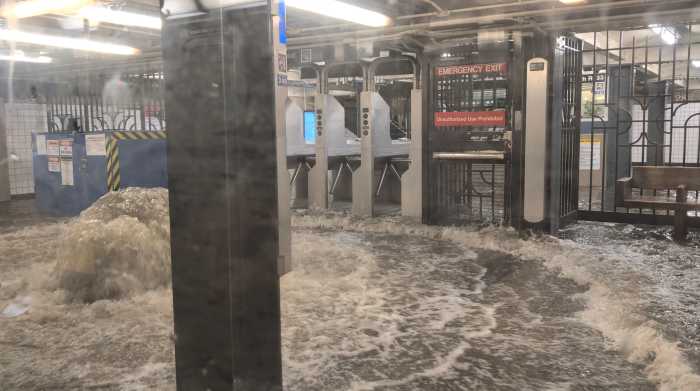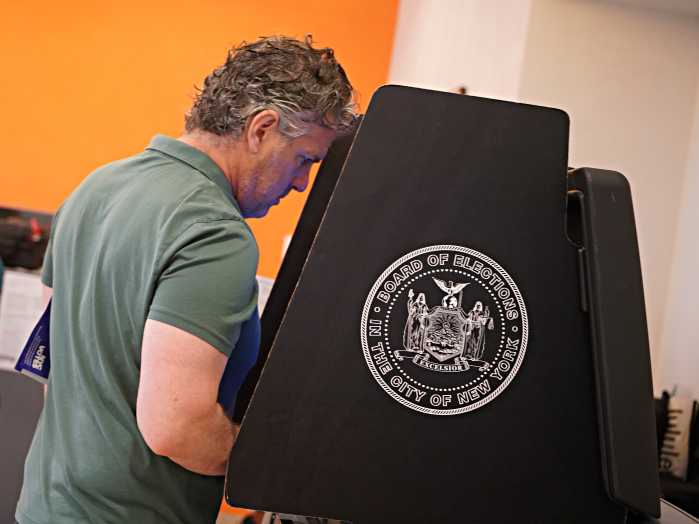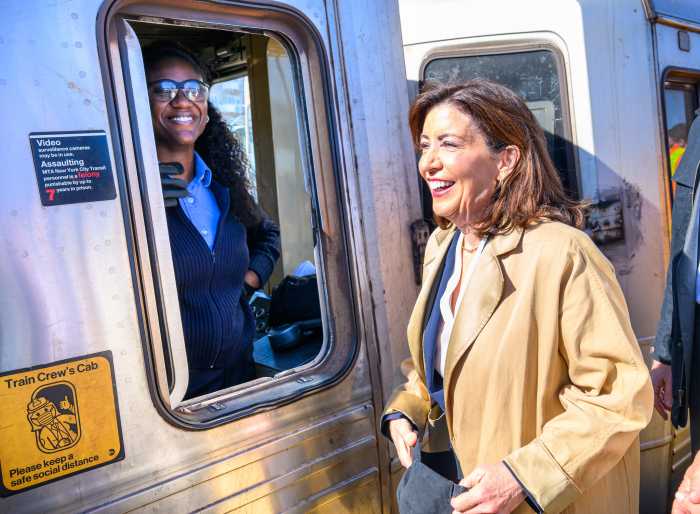New York has a chance in the next two months to begin reversing a disturbing trend that has continued for the better part of a century. One of the worst aspects of powerbroker Robert Moses’ record was his dogged pursuit of making the metropolitan area a better place for cars, and his scorn and neglect of mass transportation. With global warming an undisputed and growing danger, mass transportation must be expanded and car travel must be reduced. Mayor Bloomberg’s bold congestion pricing proposal last year was a step in a new and better direction.
The Traffic Congestion Mitigation Commission’s recommendation is a definite improvement to the mayor’s plan. It’s now up to the City Council and the state Legislature to say yes or no to help reverse climate change and provide desperately needed money for transit and bus improvements.
Congestion pricing opponents have put forward arguments chock full of myths and half-truths to fire up the opposition. But a recent Quinnipiac poll revealed 60 percent of city residents would favor traffic pricing if they knew the money was going to mass transportation.
The overwhelming majority of outer-borough commuters take mass transit and would benefit from the added transportation money from congestion pricing. Subway fares amount to a regressive tax against poor and middle-class commuters, who don’t get the free ride into the city that their wealthier driving counterparts enjoy.
No one likes added fees, but the question to ask opponents of congestion pricing is which alternative do you prefer — higher taxes, reduced subway service, higher fares or cutting schools, libraries, police or other essential services?
The mayor’s plan to charge drivers $8 to clog up the busiest parts of Manhattan at the busiest times is correct. His idea of charging Manhattan drivers who stay in the zone $4 a trip made sense in principle, but the daunting costs of the additional cameras needed to enforce this provision probably overwhelmed the benefits. The commission’s recommendation of only placing cameras at the restricted zone’s border is an improvement.
But it will be a tough battle to get the plan passed. Inertia is almost the rule in Albany and it can infect City Hall, too. Frankly, we’ve been disappointed that some of our local elected officials have been casting so much doubt on congestion pricing, when Downtown will be an even bigger beneficiary than other parts of the city. The recommended plan can and should be improved, but there has been way too much criticism of and not nearly enough support for the idea.
Councilmember John Liu of Flushing, chairperson of the Council’s Transportation Committee, deserves a Profile in Courage Award for his early support for congestion pricing, even though his district is more dependent on cars than Downtown.
Assembly Speaker Sheldon Silver’s record fighting for mass transit improvements is stellar and perhaps unmatched. It would be a shame for him, but more so for New York and the world, if he did not take this historic opportunity.




































